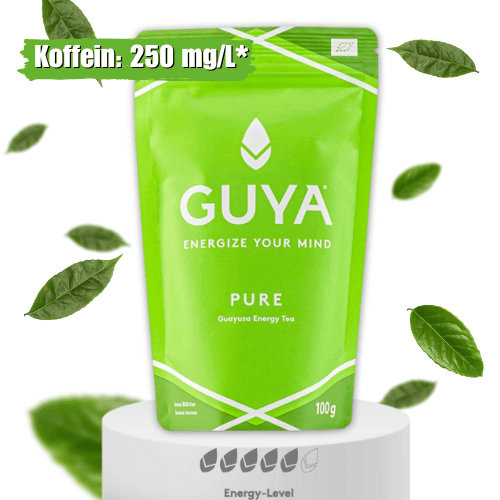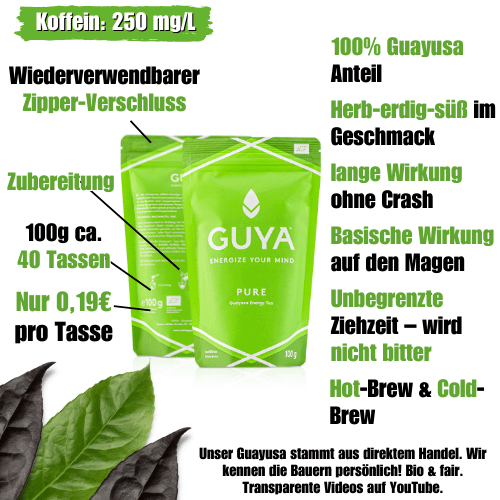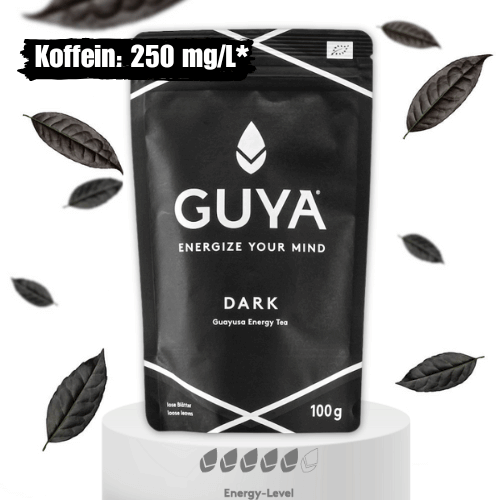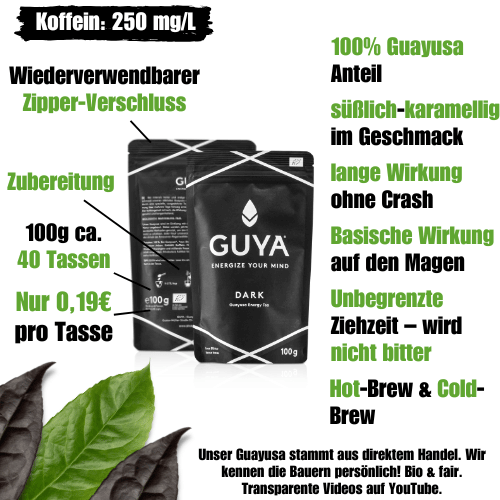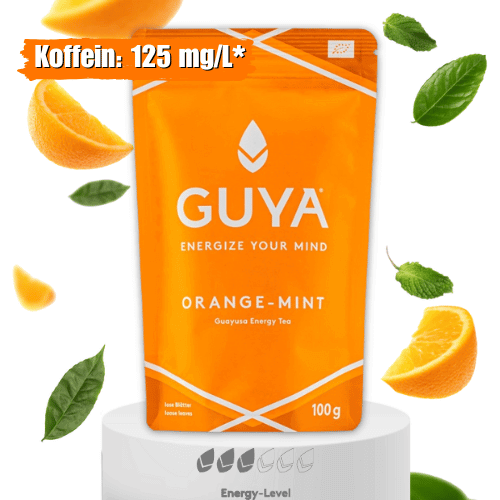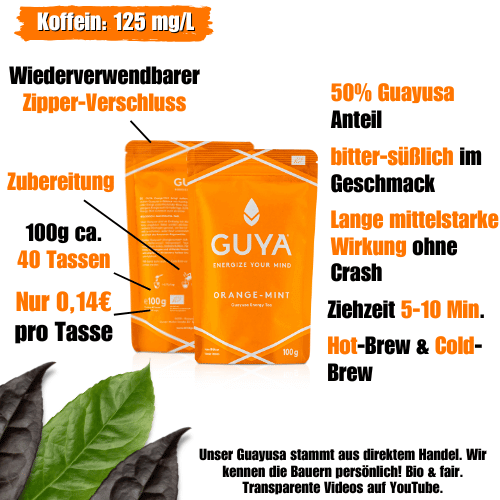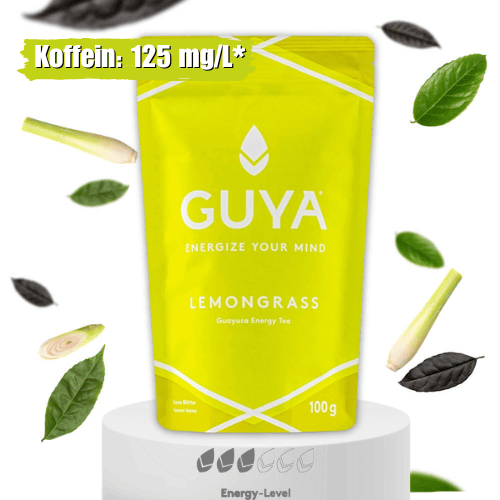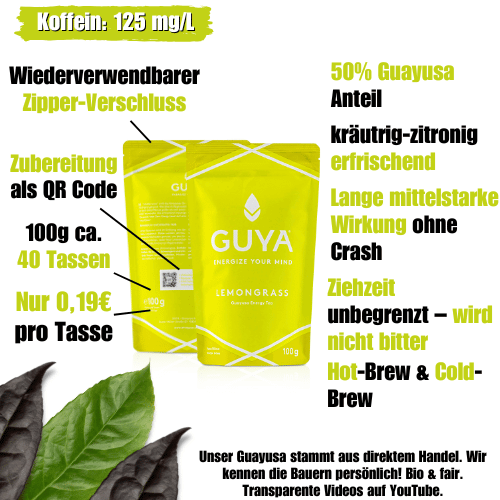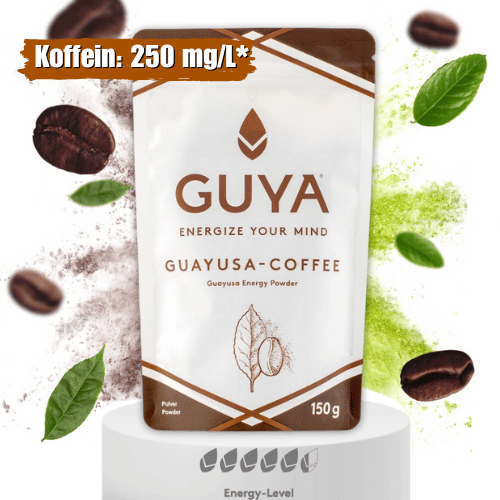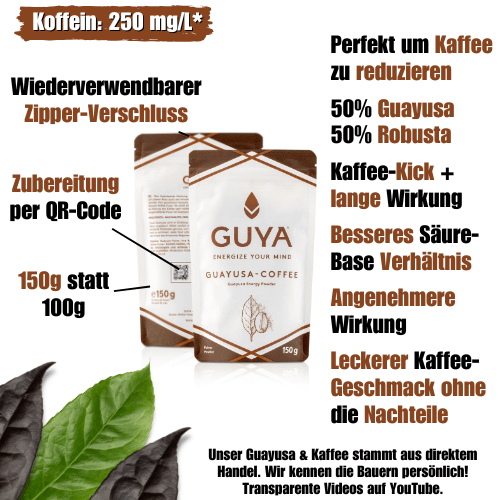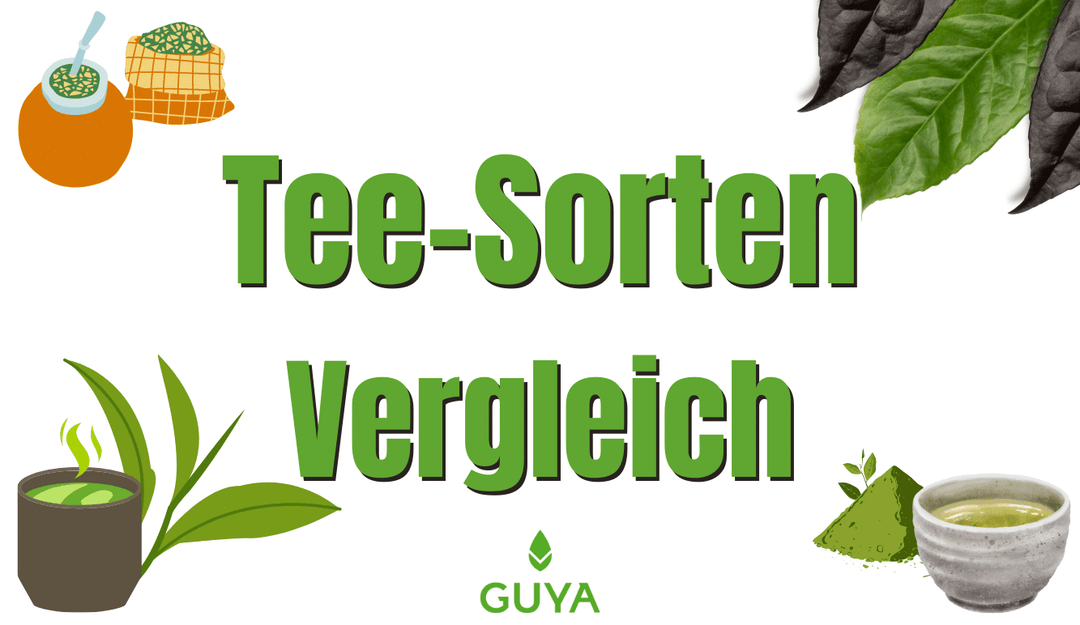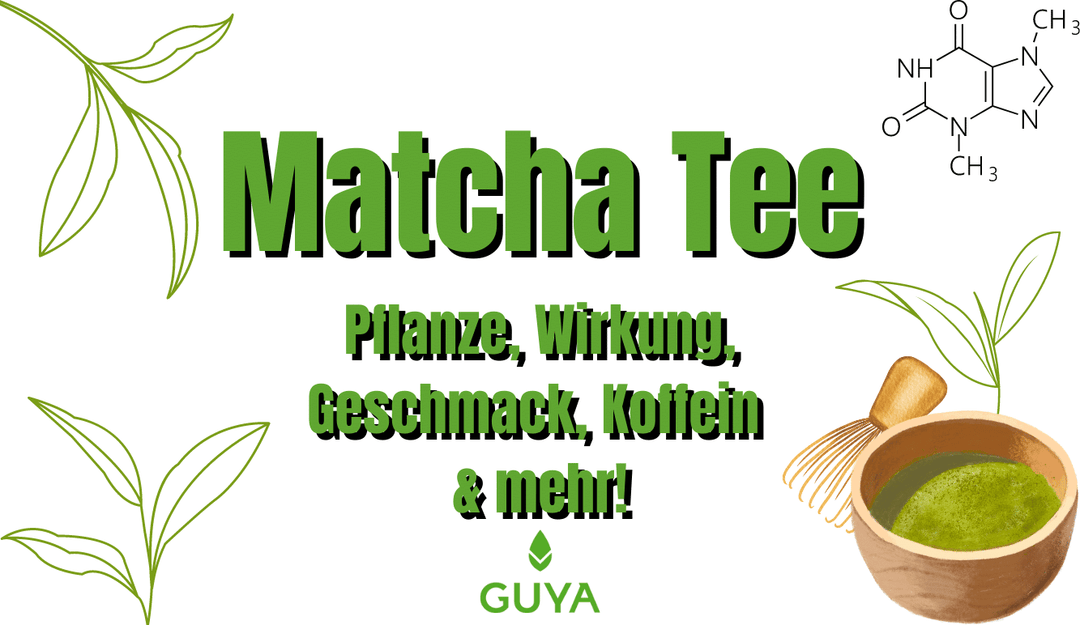Cocoa is healthy - ingredients, effects, histamine & preparation

Introduction
Here we would like to explore the topic of how healthy cocoa actually is. You will learn about the history of cocoa, how it is produced, as well as the valuable ingredients and their effects. You'll also get an idea of how healing cocoa can be if you prepare it healthily. Of course, we also give you a recipe for healthy preparation of cocoa powder.
Contents
- Cocoa history
- Cocoa production
-
Healthy cocoa ingredients
- Cocoa effect
- Is cocoa healthy?
- Prepare cocoa healthily
- Conclusion
1. Cocoa History
The origin of our journey, following the trail of cocoa, begins in South America. Although cocoa has been growing in Africa and Asia for several centuries, researchers have found traces of theobromine on a clay pot that is approximately 5,500 years old during excavations. Theobromine is the main component or active ingredient in cocoa beans.
This suggests that the inhabitants of South America knew about the processing of cocoa and its healthy and healing effects. We know the cocoa plant by the name “Theobroma Cacao”, which means “food of the gods”. This find is the oldest to date.
2. Cocoa production
Making cocoa is a very careful process that takes several days. In the following sections you can find out more about the individual steps before we get to the ingredients, effects and healthy benefits of cocoa:
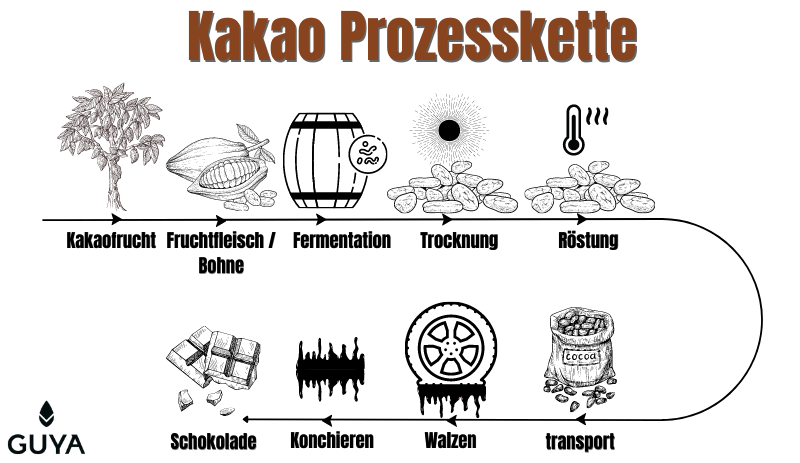
2.1 Cocoa harvest – the healthiest cocoa
First of all, the cocoa pods are picked from the tree using a long knife. In most growing areas, picking takes place over a longer period of time, or more precisely over several months, as not all the fruits are ripe at the same time.
The farmers often eat this fresh cocoa raw. However, not the cocoa beans themselves, but often just the white, very sweet pulp, which is also healthy.
2.2 Collection and opening of fruits
After harvesting, the fruits are collected and opened with machetes. Now the cocoa beans, including the pulp, are removed from the hard fruit shell. The shell of the cocoa bean is called Fertilizer reused or as in ours Guayusa-Forest gardens, where cocoa also grows, simply left lying directly under the tree.
2.3 Fermentation
The most common method The cocoa fermentation is stored in wooden boxes. Otherwise, the cocoa beans can also be used on large leaves such as: B. Ferment banana leaves.
However, the wooden boxes have the advantage that the cocoa beans are not so easily infested by pests. The process takes between 2 and 7 days, depending on the size of the cocoa beans.
During these days the temperature in the boxes rises to 40°C to 45°C and various biological processes create a fermentation process. The heat causes the water in the pulp to evaporate and a thin, fine shell remains that encloses the cocoa bean.
Additionally, after initial germination and subsequent death of the beans, the cell walls burst open, allowing fluid to circulate freely within the beans. This is a crucial process in flavor formation.
2.4 Drying and transport
Now the cocoa is dried. This is necessary because the water content of each bean is 60%. Through drying, the value drops to 7% and the cocoa bean is durable and storable for further processing.
Drying usually takes place on rollable trays or on roofs where they are heavily exposed to the sun. They need to be turned regularly so that they dry evenly.
For further sea transport, the dried cocoa beans are often packed into 50 to 70kg bags. The weight of the bags can vary between growing countries, but rarely takes the workers into account.
That's why there are individual projects that pay for 10kg bags, so that the work is also possible for women.
2.5 Cleaning and Roasting
After transport by ship, the cocoa beans need to be cleaned. Using air currents, sieves and magnets, impurities are removed.
The cocoa is then roasted. The roasting temperatures range from 100°C to 140°C. The right temperature plays an important role in later processing into chocolate or powder.
During roasting, the aroma is fully developed, the shell separates from the bean, further moisture is removed and the brown color develops.
During roasting, due to the high temperatures, similar to coffee roasting, many ingredients, mainly antioxidants, are destroyed in the cocoa. For an authentic taste and a healthy Cocoa experience Raw cocoa powder or raw chocolate is therefore ideal.
2.6 Breaking and grinding
The cocoa beans now have to be broken open to separate the bean from the thin shell. There are two different variants for this.
Variant 1 – Cocoa Bean Throw Breaker
In a throwing crusher, the cocoa beans are shot at high speed against a steel plate. The impact breaks beans of any size perfectly.
Variant 2 – Cocoa beans processing by roller
With the roller, the beans are broken up by the pressure of a metal roller. However, these reels are static and set to a uniform bean size. Smaller beans are therefore not recorded.
An air stream in both variants separates the fine shell from the fragments.
Grind up
The next and second step is grinding the fragments. This is done with another roller or with a ball mill. The grinding process generates heat and releases the cocoa butter. The slowly emerging mass is already liquid and resembles the final product.
3. Healthy cocoa ingredients
By the term cocoa we mean the fruit after the complete drying and fermentation process. The cocoa fruit consists of the hard shell, the white and very sweet inner pulp in which the hard cocoa bean is embedded.
The bean consists of over 50% cocoa butter. Other ingredients include fiber, minerals such as magnesium, copper, potassium and iron as well as vitamin E.
By the way: to make chocolate you only need to combine cocoa mass with cocoa butter. The proportion of cocoa mass determines how dark the chocolate ultimately becomes. If it is to be milk chocolate, it is made with the addition of condensed milk or milk powder. Milk chocolate contains between 10% and 12% cocoa mass, although (soft) dark chocolate must have at least 35% cocoa mass.
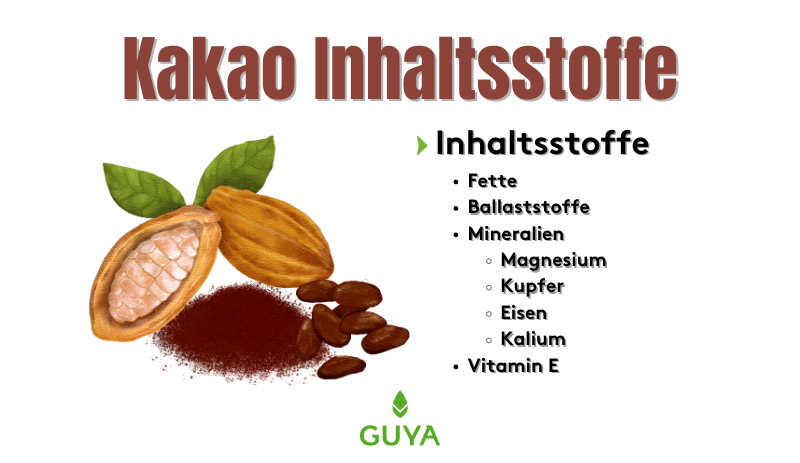
3.1 Nutritional values
The following nutritional values can be assumed per 100g of a chocolate bar:
Milk chocolate
- 540g kcal
- 51g carbohydrates
- 7g protein
- 33g fat
White chocolate
- 540kcal
- 61g carbohydrates
- 5g protein
- 30g fat
Dark chocolate with 70% cocoa
- 420kcal
- 49g carbohydrates
- 12g protein
- 15g fat
Baking cocoa, unsweetened
- 357kcal
- 8g carbohydrates
- 19g protein
- 20g fat
3.2 Healthy cocoa active ingredients
Cocoa is a super fruit because it contains numerous healthy active ingredients that have a positive effect on the body.
-
Antioxidants
- Polyphenols especially flavonoids
- Theobromine
- Theophylline
- caffeine
Unfortunately, many of the healthy antioxidants are lost during the intensive processing of cocoa into chocolate. In addition, the pH value is often used alkaline solutions or calcium carbonate modified to reduce the natural bitter and sour taste. Disappointingly, up to 60% of antioxidants lost.
The active ingredients in cocoa are the reason why this superfood is also so-called Nootropics counts. Nootropics are dietary supplements and active ingredients that have a positive effect on the mind and general physical condition.
4. Cocoa effect
One of the most important healthy ingredients mentioned in cocoa are the antioxidants. The body needs these to bind the so-called free radicals in the body.
The cocoa bean contains predominantly flavonoids, which inhibit enzymes and the body's antioxidant defensesregulate. You can find out more about the important role of antioxidants in our article “What are antioxidants“.
Cocoa also has a positive effect on the heart and blood vessels and is anti-inflammatory. In addition, the antioxidant property of cocoa can influence insulin resistance, which can lead to a reduction in diabetes susceptibility.
Cocoa is also known to relieve nerves Inflammation as well as the skin from oxidative UV rays to protect. Cocoa butter is therefore often used in cosmetics. Last but not least, the superfood cocoa has a positive effect on satiety, mood and cognitive functions.

2.1 Cocoa histamine
It's not entirely clear whether cocoa actually has histamine contains or just so-called Histamine liberators, which lead to the body's own release of histamine.
Histamine is an important hormone that has several tasks in our body. Among other things, histamine supports our brain in learning, emotion and appetite control and also regulates the sleep-wake rhythm. It also has the task of protecting our immune system from allergens.
Is the histamine levelhowever too high in our body, intolerance can occur. In the case of allergies, for example: B. observe that hives, redness or the formation of blisters occur.
Consuming too much histamine-containing foods or those that promote our body's histamine production can therefore lead to serious problems.
People with histamine intolerance should therefore avoid cocoa.
5. Is cocoa healthy?
How healthy is cocoa after processing?
The first distinction to be made here is between cocoa and sugar-chocolate. The supermarket chocolate, with sugar, milk, flavor and lecithin, has the raw cocoaingredients not much in common anymore.
The less processed the cocoa is, the healthier it is. Snacking on whole cocoa beans or cocoa nibs allows the effect to develop significantly better than with processed products, thanks to the majority of ingredients still present. When it comes to chocolate, dark chocolate should be your choice; there are even 99% and 100% bars.
Anyone who enjoys cocoa in moderation and does not have a histamine allergy will benefit from the healthy ingredients and their effects.
If you use cocoa mass or cocoa powder, it depends on how you prepare it afterwards. Do you use sugar and milk, or do you prepare a healthy one? Cocoa tea with Guayusa to? The fewer additives you use, the better.
The effects of cocoa are best experienced during a... Cocoa ceremony experience. Here too, only the highest quality cocoa is used.
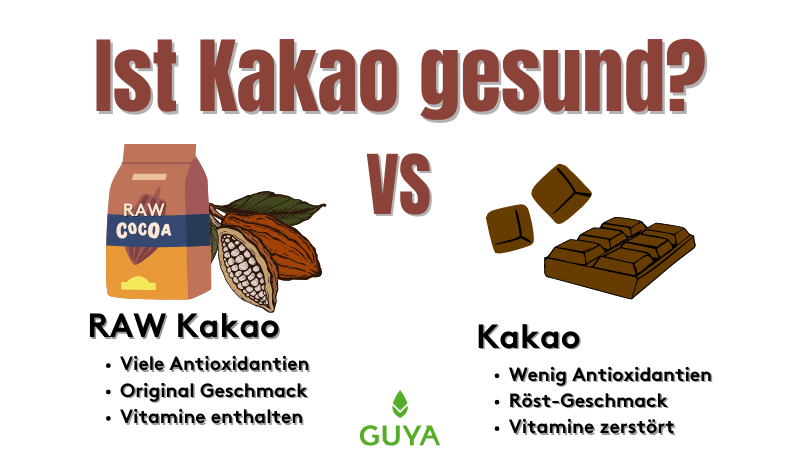
3.1 Is cocoa powder healthy?
The same applies here too: cocoa powder with a high sugar and milk powder content is less healthy than raw cocoa powder. Also make sure that there are no ingredients other than cocoa powder. Calcium carbonate is found in 9 out of 10 products and has a negative impact on antioxidant capacity. In addition, you logically also pay for calcium carbonate and not just for the valuable cocoa!
You can find really good cocoa products here, for example Cocoa dealer. We don't currently have a cocoa range in our range, but we are also thinking about it Guayusa-Range to expand.
6. Prepare cocoa healthily
To prepare your cocoa healthily, the first thing you need is high-quality cocoa. Once you have decided on a product here, you can e.g. B. our already mentioned Cocoa tea recipe to use. Using our recipe you can prepare a healthy and powerful cocoa or cocoa tea.
7. Conclusion
When it comes to the question of how healthy cocoa really is, it is important to differentiate between a raw and a heavily processed cocoa product. Raw cocoa contains many antioxidants that can have a healthy effect on our body.
When preparing cocoa, you should always follow the motto “Less is more” and use neither sugar nor milk, so nothing stands in the way of your healthy superfood drink.
In our Shop you already find one coordinated bundle with healthy cocoa and Guayusa, so you can get yours Cocoa tea can be prepared directly.



